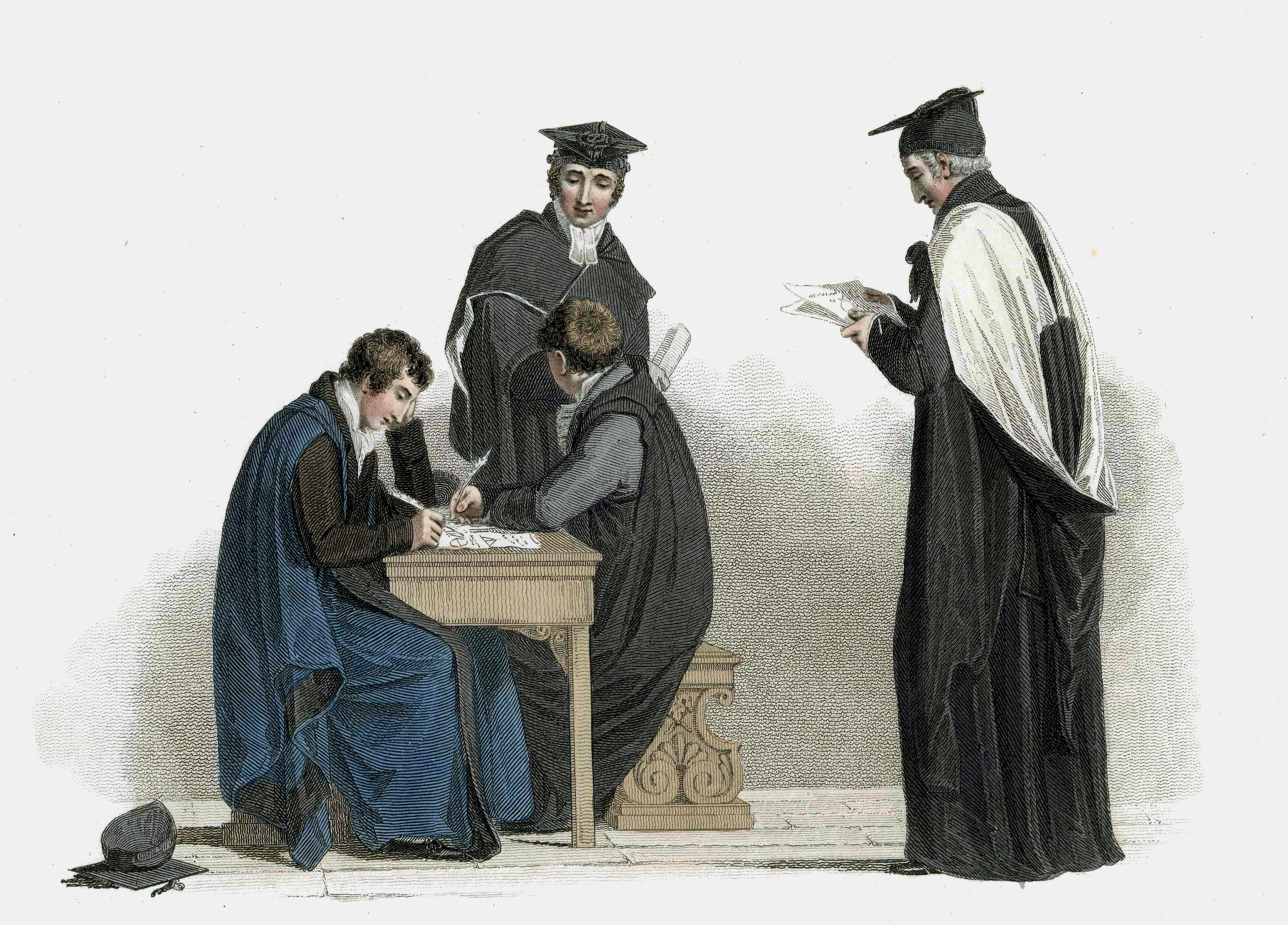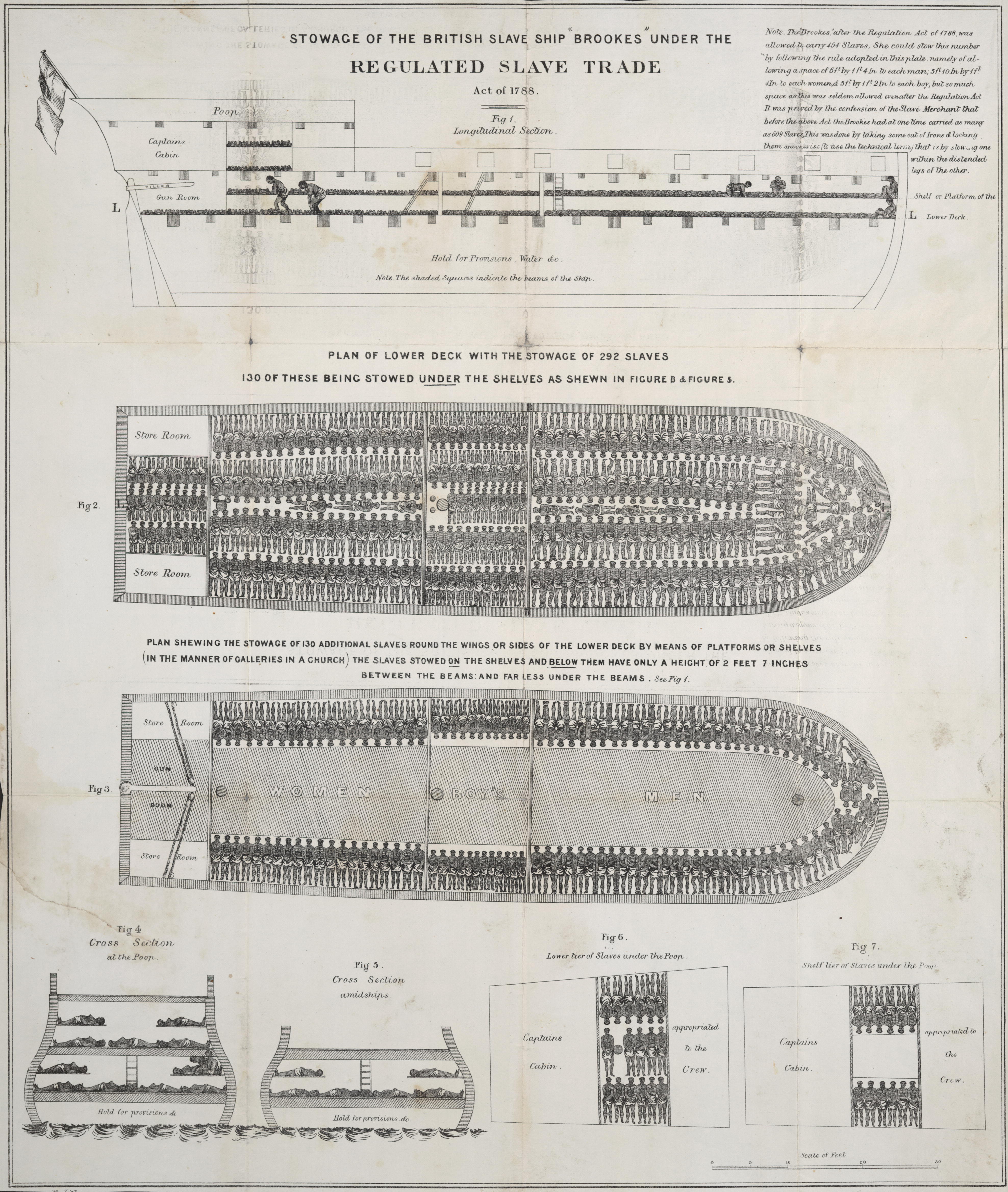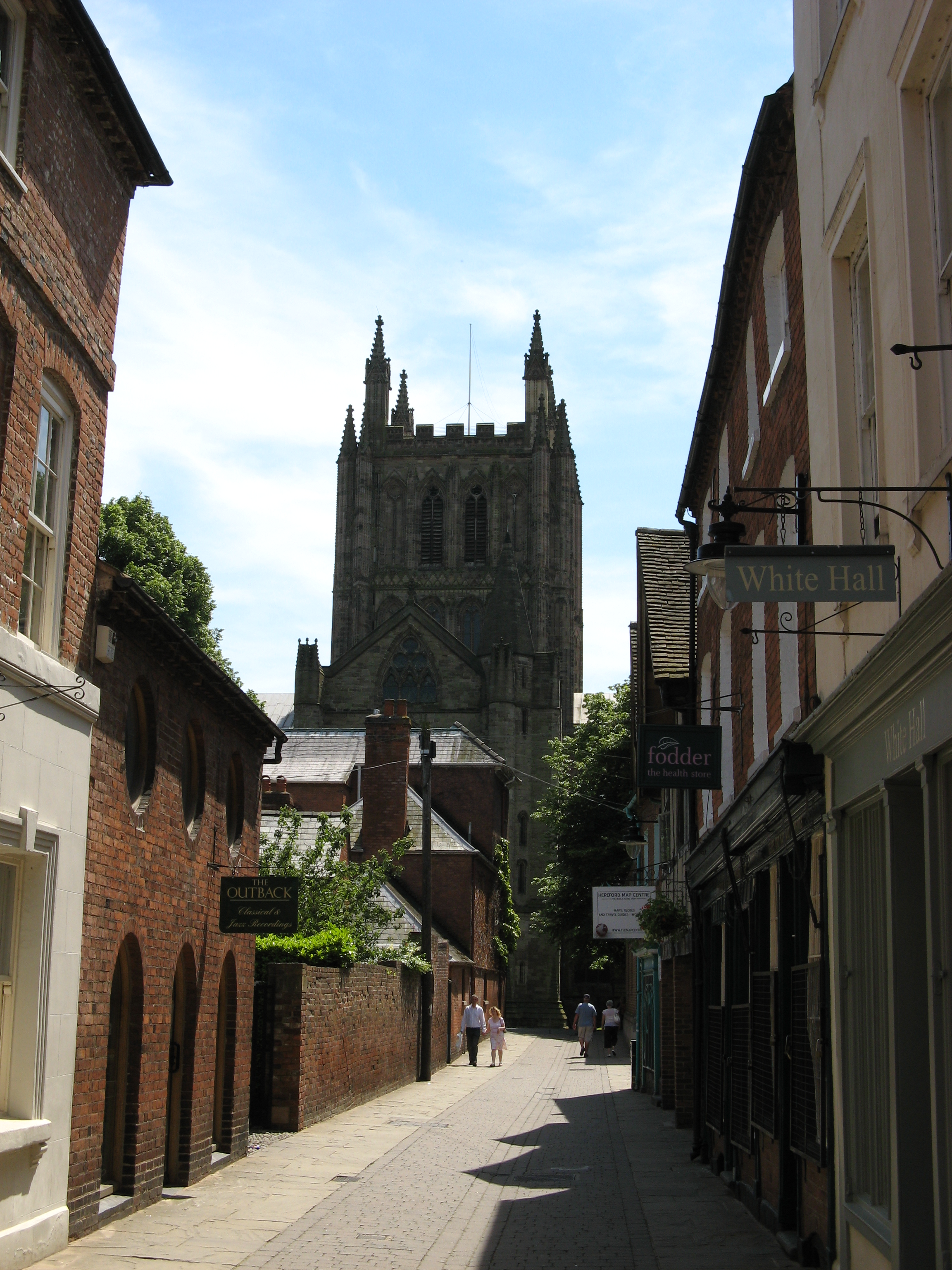|
Sir George Biddell Airy
Sir George Biddell Airy (; 27 July 18012 January 1892) was an English mathematician and astronomer, and the seventh Astronomer Royal from 1835 to 1881. His many achievements include work on planetary orbits, measuring the mean density of the Earth, a method of solution of two-dimensional problems in solid mechanics and, in his role as Astronomer Royal, establishing Greenwich as the location of the prime meridian. Biography Airy was born at Alnwick, one of a long line of Airys who traced their descent back to a family of the same name residing at Kentmere, in Westmorland, in the 14th century. The branch to which he belonged, having suffered in the English Civil War, moved to Lincolnshire and became farmers. Airy was educated first at elementary schools in Hereford, and afterwards at Colchester Royal Grammar School. An introverted child, Airy gained popularity with his schoolmates through his great skill in the construction of peashooters. From the age of 13, Airy stayed freque ... [...More Info...] [...Related Items...] OR: [Wikipedia] [Google] [Baidu] |
Alnwick
Alnwick ( ) is a market town in Northumberland, England, of which it is the traditional county town. The population at the 2011 Census was 8,116. The town is on the south bank of the River Aln, south of Berwick-upon-Tweed and the Scottish border, inland from the North Sea at Alnmouth and north of Newcastle upon Tyne. The town dates to about AD 600 and thrived as an agricultural centre. Alnwick Castle was the home of the most powerful medieval northern baronial family, the Earls of Northumberland. It was a staging post on the Great North Road between Edinburgh and London. The town centre has changed relatively little, but the town has seen some growth, with several housing estates covering what had been pasture and new factory and trading estate developments along the roads to the south. History The name ''Alnwick'' comes from the Old English ''wic'' ('dairy farm, settlement') and the name of the river Aln. The history of Alnwick is the history of the castle an ... [...More Info...] [...Related Items...] OR: [Wikipedia] [Google] [Baidu] |
Mathematician
A mathematician is someone who uses an extensive knowledge of mathematics in their work, typically to solve mathematical problems. Mathematicians are concerned with numbers, data, quantity, mathematical structure, structure, space, Mathematical model, models, and mathematics#Calculus and analysis, change. History One of the earliest known mathematicians were Thales of Miletus (c. 624–c.546 BC); he has been hailed as the first true mathematician and the first known individual to whom a mathematical discovery has been attributed. He is credited with the first use of deductive reasoning applied to geometry, by deriving four corollaries to Thales' Theorem. The number of known mathematicians grew when Pythagoras of Samos (c. 582–c. 507 BC) established the Pythagoreans, Pythagorean School, whose doctrine it was that mathematics ruled the universe and whose motto was "All is number". It was the Pythagoreans who coined the term "mathematics", and with whom the study of mathemat ... [...More Info...] [...Related Items...] OR: [Wikipedia] [Google] [Baidu] |
Sizar
At Trinity College, Dublin and the University of Cambridge, a sizar is an undergraduate who receives some form of assistance such as meals, lower fees or lodging during his or her period of study, in some cases in return for doing a defined job. Etymology The word is thought to derive from the "sizes" or "sizings" (in turn a shortened form of "assize"), which were the specified portions of food and drink made available at a fixed price at the college. One of the sizar's duties was, historically, to fetch the "sizes" for his colleagues. History University of Cambridge At Cambridge, a sizar was originally an undergraduate student who financed his studies by undertaking more or less menial tasks within his college but, as time went on, was increasingly likely to receive small grants from the college. Certain colleges, including St John's and Trinity, distinguished between two categories of sizar: there were specific endowments for specific numbers of sizars who were called " ... [...More Info...] [...Related Items...] OR: [Wikipedia] [Google] [Baidu] |
Thomas Clarkson
Thomas Clarkson (28 March 1760 – 26 September 1846) was an English abolitionist, and a leading campaigner against the slave trade in the British Empire. He helped found The Society for Effecting the Abolition of the Slave Trade (also known as the Society for the Abolition of the Slave Trade) and helped achieve passage of the Slave Trade Act 1807, which ended British trade in slaves. He became a pacifist in 1816 and, together with his brother John, was among the twelve founders of the Society for the Promotion of Permanent and Universal Peace. In his later years, Clarkson campaigned for the abolition of slavery worldwide. In 1840, he was the key speaker at the Anti-Slavery Society's (today known as Anti-Slavery International) first conference in London which campaigned to end slavery in other countries. Early life and education Clarkson was the eldest son of the Reverend John Clarkson (1710–1766), a Church of England priest and master of Wisbech Grammar School, and his ... [...More Info...] [...Related Items...] OR: [Wikipedia] [Google] [Baidu] |
Playford, Suffolk
Playford is a small village in Suffolk, England, on the outskirts of Ipswich. It has about 215 residents in 90 households. The name comes from the Old English '' plega'' meaning play, sport; used of a place for games, or a courtship or mating-place for animals, and the Old English '' ford'' meaning a place where a stream or river can be crossed. Villages nearby include Rushmere, Little Bealings, Great Bealings, Culpho and Grundisburgh. There are no pubs or shops in Playford, although it has a church (St Mary's) and a village hall. Notable residents * Thomas Clarkson (1760-1846), the slave trade abolitionist, lived at Playford Hall from 1816 until his death and is buried in the churchyard. Insufficient credit has been given to Clarkson for his life's work: it was he who initiated the task, produced the necessary evidence and provided the momentum while William Wilberforce fought for the cause in Parliament. * Sir George Biddell Airy (1801–92) was the seventh Astronomer Roya ... [...More Info...] [...Related Items...] OR: [Wikipedia] [Google] [Baidu] |
Hereford
Hereford () is a cathedral city, civil parish and the county town of Herefordshire, England. It lies on the River Wye, approximately east of the border with Wales, south-west of Worcester and north-west of Gloucester. With a population of 53,112 in 2021 it is by far the largest settlement in Herefordshire. An early town charter from 1189, granted by Richard I of England, describes it as "Hereford in Wales". Hereford has been recognised as a city since time immemorial, with the status being reconfirmed as recently as October 2000. It is now known chiefly as a trading centre for a wider agricultural and rural area. Products from Hereford include cider, beer, leather goods, nickel alloys, poultry, chemicals and sausage rolls, as well as the famous Hereford breed of cattle. Toponymy The Herefordshire edition of Cambridge County Geographies states "a Welsh derivation of Hereford is more probable than a Saxon one" but the name "Hereford" is also said to come from the ... [...More Info...] [...Related Items...] OR: [Wikipedia] [Google] [Baidu] |
Lincolnshire
Lincolnshire (abbreviated Lincs.) is a county in the East Midlands of England, with a long coastline on the North Sea to the east. It borders Norfolk to the south-east, Cambridgeshire to the south, Rutland to the south-west, Leicestershire and Nottinghamshire to the west, South Yorkshire to the north-west, and the East Riding of Yorkshire to the north. It also borders Northamptonshire in the south for just , England's shortest county boundary. The county town is Lincoln, where the county council is also based. The ceremonial county of Lincolnshire consists of the non-metropolitan county of Lincolnshire and the area covered by the unitary authorities of North Lincolnshire and North East Lincolnshire. Part of the ceremonial county is in the Yorkshire and the Humber region of England, and most is in the East Midlands region. The county is the second-largest of the English ceremonial counties and one that is predominantly agricultural in land use. The county is fou ... [...More Info...] [...Related Items...] OR: [Wikipedia] [Google] [Baidu] |
English Civil War
The English Civil War (1642–1651) was a series of civil wars and political machinations between Parliamentarians ("Roundheads") and Royalists led by Charles I ("Cavaliers"), mainly over the manner of Kingdom of England, England's governance and issues of religious freedom. It was part of the wider Wars of the Three Kingdoms. The First English Civil War, first (1642–1646) and Second English Civil War, second (1648–1649) wars pitted the supporters of King Charles I of England, Charles I against the supporters of the Long Parliament, while the Third English Civil War, third (1649–1651) saw fighting between supporters of King Charles II of England, Charles II and supporters of the Rump Parliament. The wars also involved the Covenanters, Scottish Covenanters and Confederate Ireland, Irish Confederates. The war ended with Parliamentarian victory at the Battle of Worcester on 3 September 1651. Unlike other list of English civil wars, civil wars in England, which were mainly ... [...More Info...] [...Related Items...] OR: [Wikipedia] [Google] [Baidu] |
Westmorland
Westmorland (, formerly also spelt ''Westmoreland'';R. Wilkinson The British Isles, Sheet The British IslesVision of Britain/ref> is a historic county in North West England spanning the southern Lake District and the northern Dales. It had an administrative function from the 12th century until 1974. Between 1974 and 2023 Westmorland lay within the administrative county of Cumbria. In April 2023, Cumbria County Council will be abolished and replaced with two unitary authorities, one of which, Westmorland and Furness, will cover all of Westmorland (as well as other areas), thereby restoring the Westmorland name to a top-tier administrative entity. The people of Westmorland are known as Westmerians. Early history Background At the beginning of the 10th century a large part of modern day Cumbria was part of the Kingdom of Strathclyde, and was known as '' "Scottish Cumberland" ''. The Rere Cross was ordered by Edmund I (r.939-946) to serve as a boundary marker between England a ... [...More Info...] [...Related Items...] OR: [Wikipedia] [Google] [Baidu] |
Kentmere
Kentmere is a valley, village and civil parish in the Lake District National Park, a few miles from Kendal in the South Lakeland district of Cumbria, England. Historically in Westmorland, at the 2011 census Kentmere had a population of 159. Geography The narrow valley spans about in length and begins with a bowl of hills known as the Kentmere Round; a horseshoe of high fells which surrounds Kentmere Reservoir. The River Kent, which gives Kendal its name, begins from Hall Cove, a corrie at the head of the valley, before flowing through the reservoir. Access to this part of the valley is available via the Roman High Street, over Nan Bield Pass, from Troutbeck over Garburn Pass ( Bridleway only. No motor vehicles), or along an old bridleway up from the village. The valley is sandwiched between Troutbeck on the west side and Longsleddale on the east. It can be reached by road only by travelling through the village of Staveley, which sits at its mouth where the river meets th ... [...More Info...] [...Related Items...] OR: [Wikipedia] [Google] [Baidu] |
Prime Meridian
A prime meridian is an arbitrary meridian (a line of longitude) in a geographic coordinate system at which longitude is defined to be 0°. Together, a prime meridian and its anti-meridian (the 180th meridian in a 360°-system) form a great circle. This great circle divides a spheroid, like the Earth, into two hemispheres: the Eastern Hemisphere and the Western Hemisphere (for an east-west notational system). For Earth's prime meridian, various conventions have been used or advocated in different regions throughout history. The Earth's current international standard prime meridian is the IERS Reference Meridian. It is derived, but differs slightly, from the Greenwich Meridian, the previous standard. A prime meridian for a planetary body not tidally locked (or at least not in synchronous rotation) is entirely arbitrary, unlike an equator, which is determined by the axis of rotation. However, for celestial objects that are tidally locked (more specifically, synchronous ... [...More Info...] [...Related Items...] OR: [Wikipedia] [Google] [Baidu] |
Solid Mechanics
Solid mechanics, also known as mechanics of solids, is the branch of continuum mechanics that studies the behavior of solid materials, especially their motion and deformation under the action of forces, temperature changes, phase changes, and other external or internal agents. Solid mechanics is fundamental for civil, aerospace, nuclear, biomedical and mechanical engineering, for geology, and for many branches of physics such as materials science. It has specific applications in many other areas, such as understanding the anatomy of living beings, and the design of dental prostheses and surgical implants. One of the most common practical applications of solid mechanics is the Euler–Bernoulli beam equation. Solid mechanics extensively uses tensors to describe stresses, strains, and the relationship between them. Solid mechanics is a vast subject because of the wide range of solid materials available, such as steel, wood, concrete, biological materials, textiles, geologica ... [...More Info...] [...Related Items...] OR: [Wikipedia] [Google] [Baidu] |

_-_panoramio.jpg)






_033.jpg)
.jpg)